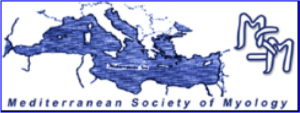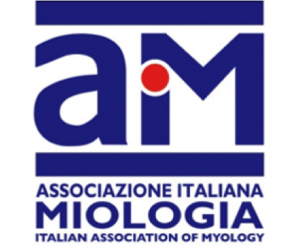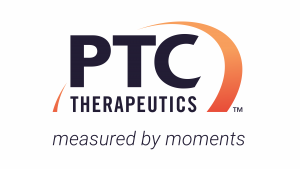Limb-girdle muscular dystrophy (LGMD) is a genetic muscle disorder causing weakness and wasting of the proximal limb musculature. When ambulation is lost, the attention must be shifted to the upper limb muscles’ function. We studied the upper limb muscle strength and the corresponding function in 15 LGMDR1/LGMD2A and 13 LGMDR2/LGMD2B, through the Performance of Upper Limb scale and the MRC score of upper limbs.
The proximal item K and the distal items N and R were lower in LGMD2B/R2. The mean MRC score of all the muscles involved linearly correlated (r2 = 0.922) for item K in LGMD2B/R2. The functional worsening paralleled the muscles weakness in LGMD2B/R2. By contrast, at proximal level the function of LGMD2A/R1 was preserved despite muscle weakness was present, presumably due to compensatory strategies. Sometimes the combination of parameters might be more informative than considering them separately. PUL scale and MRC might be interesting outcome measures in non-ambulant patients.






